June 22 – September 16, 2018
Artists Space presents an exhibition of theatrical and live performance works by Jack Smith, the first extensive institutional retrospective in New York of his groundbreaking art in over twenty years.
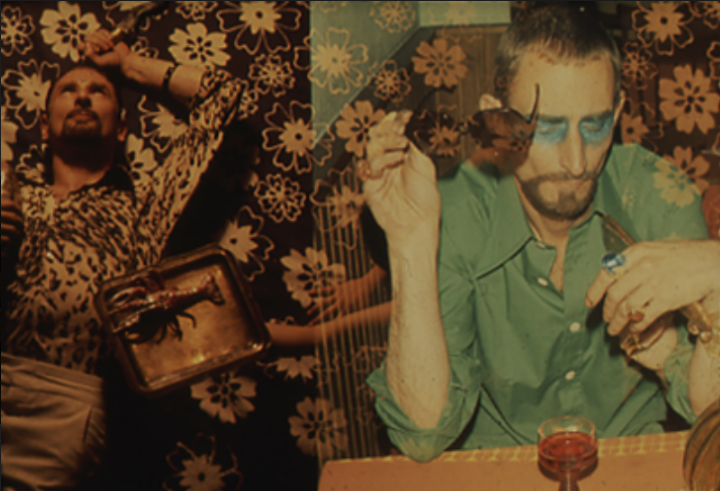
June 22 – September 16, 2018
Artists Space presents an exhibition of theatrical and live performance works by Jack Smith, the first extensive institutional retrospective in New York of his groundbreaking art in over twenty years.

Artists Space presents an exhibition of theatrical and live performance works by Jack Smith, the first extensive institutional retrospective in New York of his groundbreaking art in over twenty years.
With his shadow looming over the development of avant-garde film, performance, photography, and critical discourse in New York between the 1960s and 1980s, Jack Smith nonetheless remains an outlier among the many artistic contexts within which he played an important role. This includes the downtown artistic community from which Artists Space emerged, where Smith performed four times, presenting: Life with Mekas, Thanksgiving Show of Lucky Consumer Paradise (both 1974), How Can Uncle Fishhook Have a Free Bicentennial Zombie Underground? (1976), and Art Crust on Crab Lagoon (1981). Smith’s virtuosic output is revered for its caustic humor, self-invention, and debasement of institutional authority, which intensified throughout his ever-evolving work. Yet, since his death from AIDS-related pneumonia in 1989, his artistic legacy has proven to be similarly incalcitrant and resistant to clean-cut narrativization. In history, as in life, Smith's comprehensive oeuvre exists in renegade defiance of the capitalist imperatives of commodification and containment, as vilified in his ideas of "lucky landlordism," "rented island," "claptailism," "art crust," and so forth. Smith’s vision is one that consequently imbues art into life, to the point of rendering assumed distinctions between the two as absurd and elitist.
Art Crust of Spiritual Oasis marks the first time that many of Smith's performances—composed and chronicled in drawings, scripts, film fragments, "boiled lobster color slideshows," audio recordings, and costumes—have been articulated. Following restorations by Jerry Tartaglia and assembling selections of slides from the thousands in Jack Smith’s archive, Art Crust of Spiritual Oasis was is the most comprehensive gathering of Smith’s work since the 1997 exhibition at MoMA PS1 and focuses particularly on the largely overlooked period of the 1970s and early 1980s. It frames Smith’s time “in exile,” as described by film historian and Smith archivist J. Hoberman. This period was marked by the artist's eviction from his legendary SoHo loft, the Plaster Foundation of Atlantis in 1971 and, consequently, by a movement towards performances staged in ad-hoc theater spaces, clubs, and notably in the literal outside of a morphing urban environment, as the artist found himself at the margins of a professionalizing art world, with the city of New York transformed by a bullish real estate market.
The final project to take place at Artists Space's current location at 55 Walker Street, Art Crust of Spiritual Oasis occupies two floors of exhibition space, providing access to some of Smith's most startling yet unknown performances, as well as extensive documentation and materials from the Plaster Foundation of Atlantis.
This exhibition is dedicated to our co-founder and friend Irving Sandler. His unwavering commitment to art and artists is a legacy that will continue to guide our work.
Jack Smith (1932–1989) was a New York-based filmmaker, photographer, and actor known for his pioneering influence in experimental filmmaking and performance art. Smith moved to New York City in 1953, where he attended film classes at the City College of New York, finding employment as a photographer. He studied dance with Ruth St. Denis, direction with Lee Strasberg, and worked as an actor and assistant with Ken Jacobs before shooting his first film, Scotch Tape, in 1959. His best-known film, Flaming Creatures (1963), was confiscated by the New York Police Department and banned throughout the US due to nudity and charges of obscenity. Smith never again created a finished artwork. His next film, Normal Love (1963), was often re-spliced as it ran, repeatedly reedited, and regularly awarded new titles such as Normal Fantasy, Exotic Landlordism of Crab Lagoon, and The Great Pasty Triumph.
From the late 1960s into the 1980s, Smith focused on theater and performance, and combined live happenings with screenings of films and slideshows. Shows created during this period include Brassieres of Atlantis (1969), Secret of Rented Island (1976–77), I Was a Mekas Collaborator (1978), Art Crust on Crab Lagoon (1981), What’s Underground About Marshmallows (1981), I Was a Male Yvonne De Carlo for the Lucky Landlord Underground (1982) and Death of a Penguin (1985). Smith published essays and short stories in Film Culture and other periodicals, and appeared in productions by Andy Warhol, Robert Wilson, and Ken Jacobs.
Smith’s influence pervades experimental filmmaking and performance art in the US, and is present in the works of Warhol, John Waters, Laurie Anderson, and Cindy Sherman. In 1997, The Institute for Contemporary Art/P.S.1 Museum mounted Jack Smith: Flaming Creature: His Amazing Life and Times, a retrospective of his work that traveled to Pittsburgh, PA, Berkeley, CA, and Berlin, Germany. Jack Smith Archive is represented by Gladstone Gallery, New York and Brussels.
September 8 - 10, 2018
In conjunction with the exhibition Jack Smith: Art Crust of Spiritual Oasis on view through September 9, Artists Space and Metrograph present a six-program retrospective of Jack Smith’s visionary films, including Flaming Creatures (1962-63), Normal Love (1963-64), and I Was a Male Yvonne De Carlo (1960s-70s). The series will also feature rare and previously unseen documentation of Smith’s live performances, as well as his work as an actor in the films of Ken Jacobs and Ron Rice. All screenings will take place at Metrograph.
Garden Party at Marble Cemetery
Performances
3 p.m.
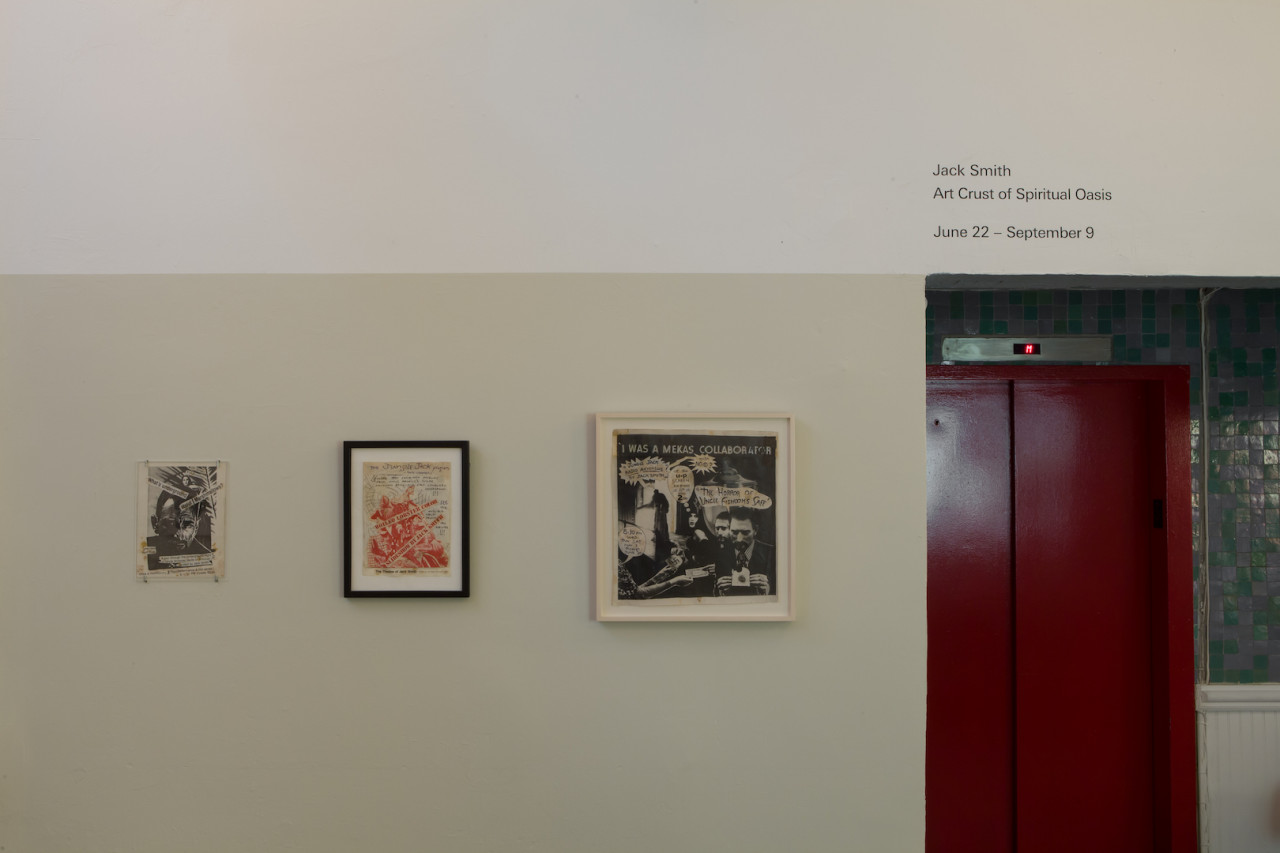

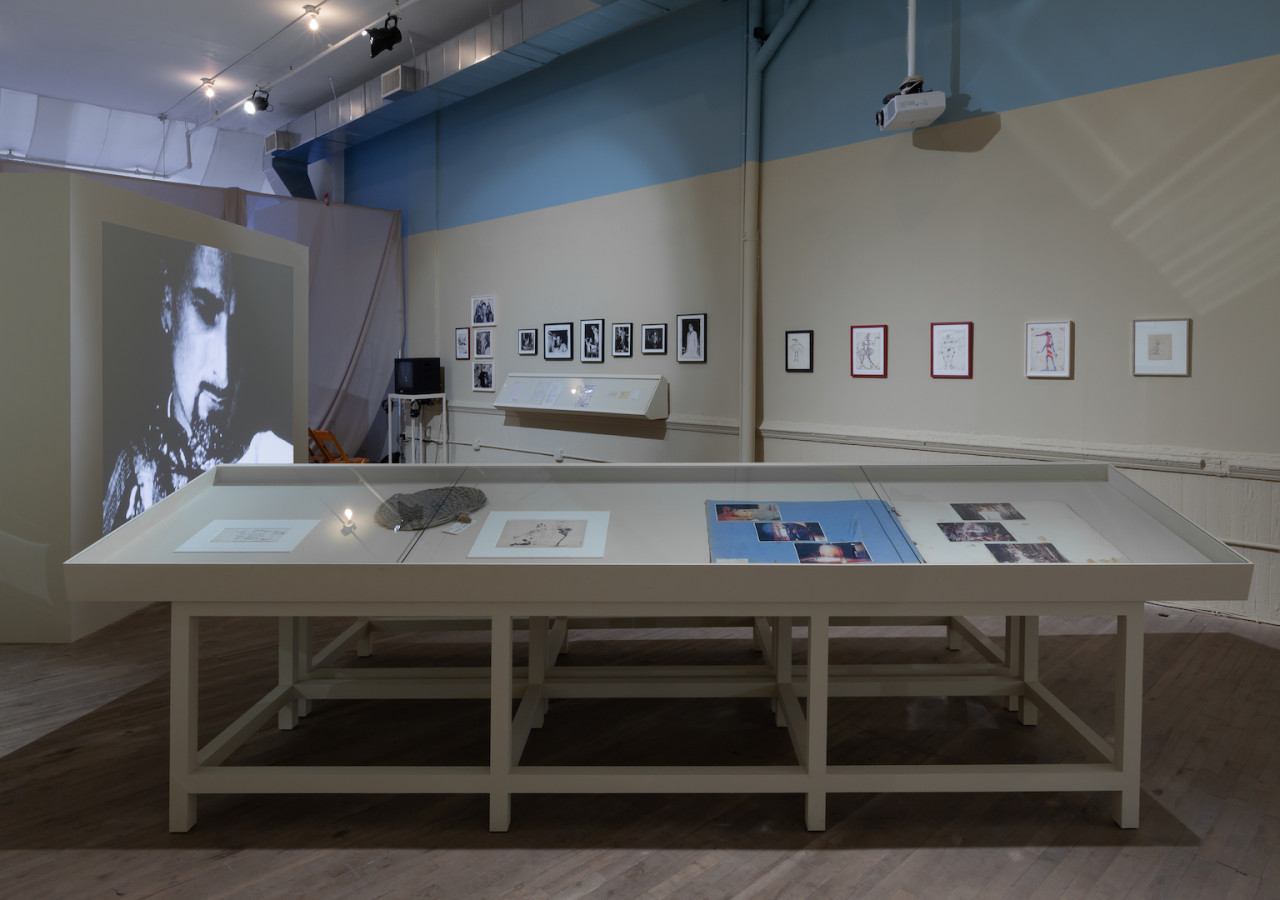
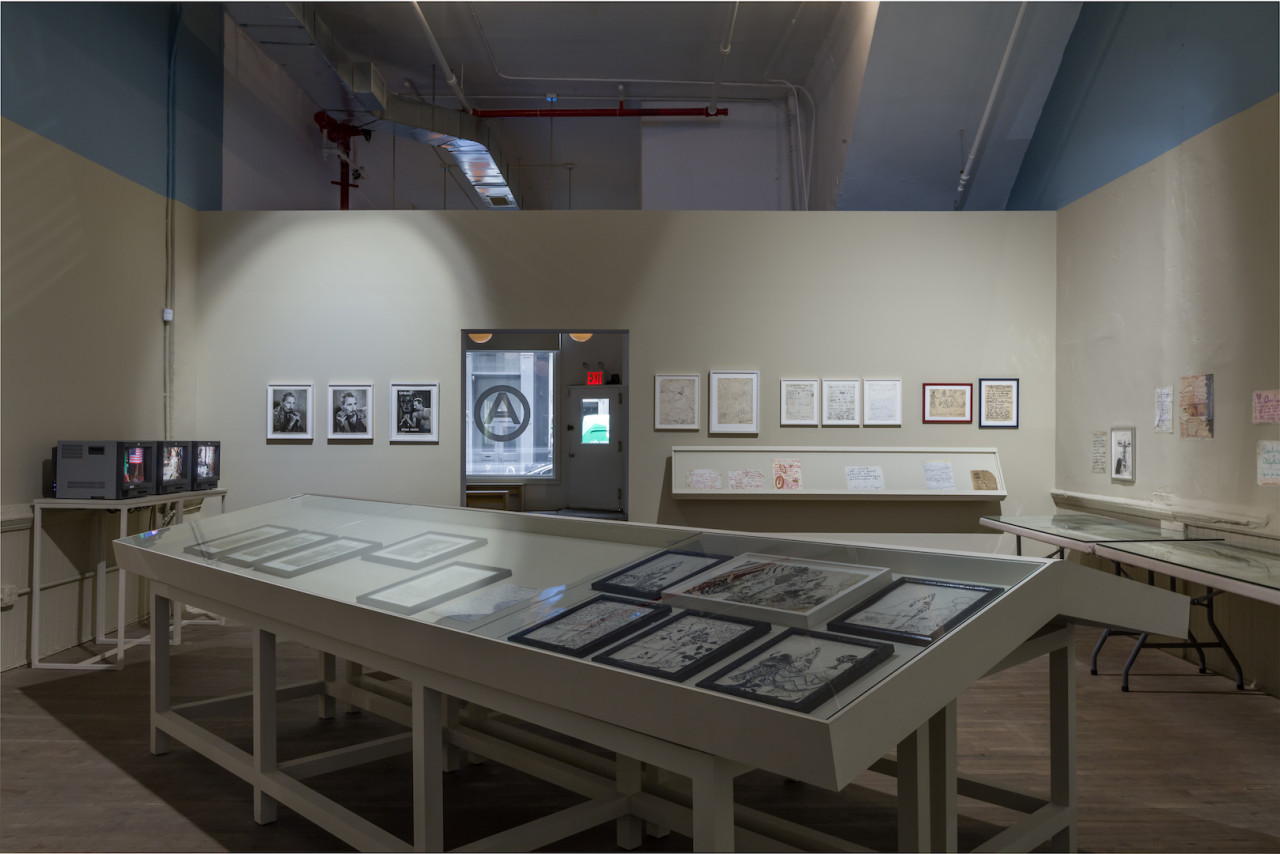
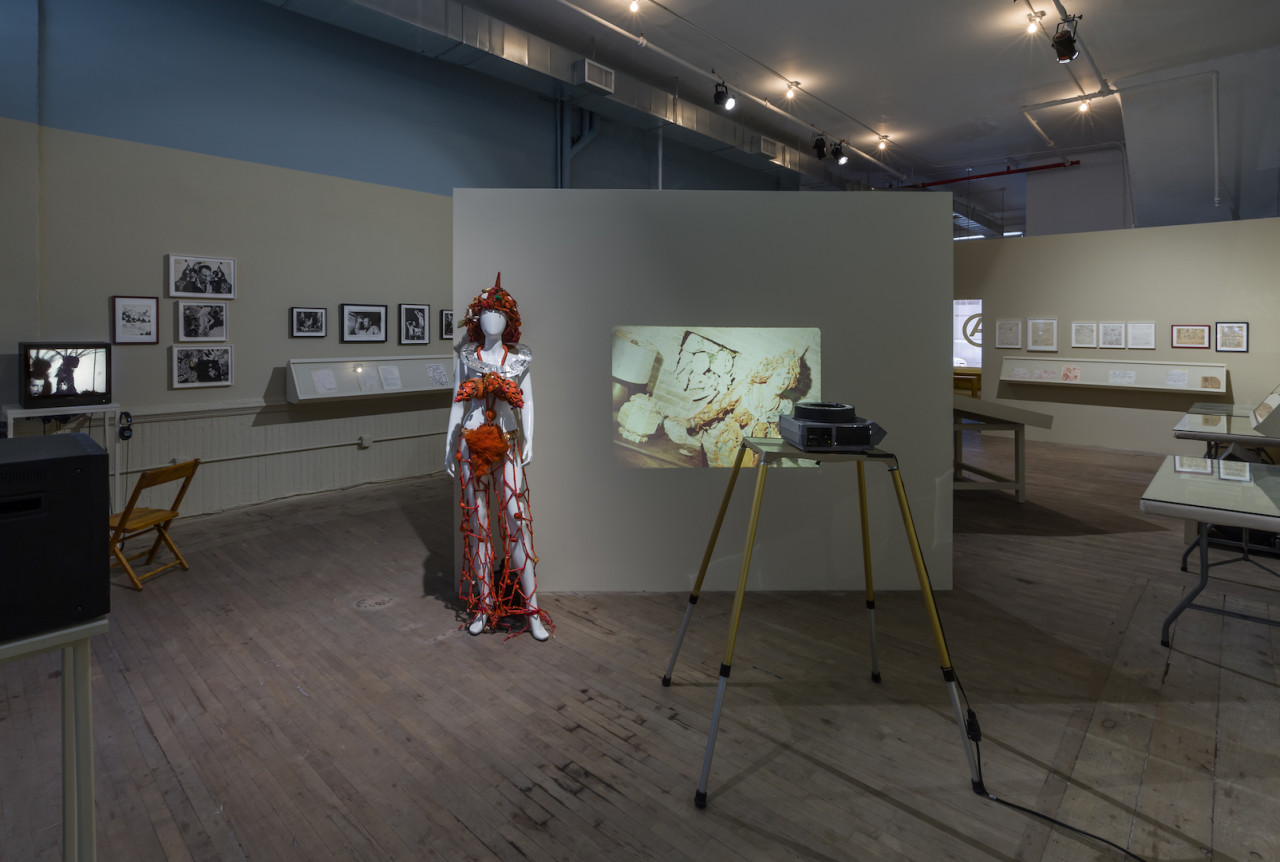
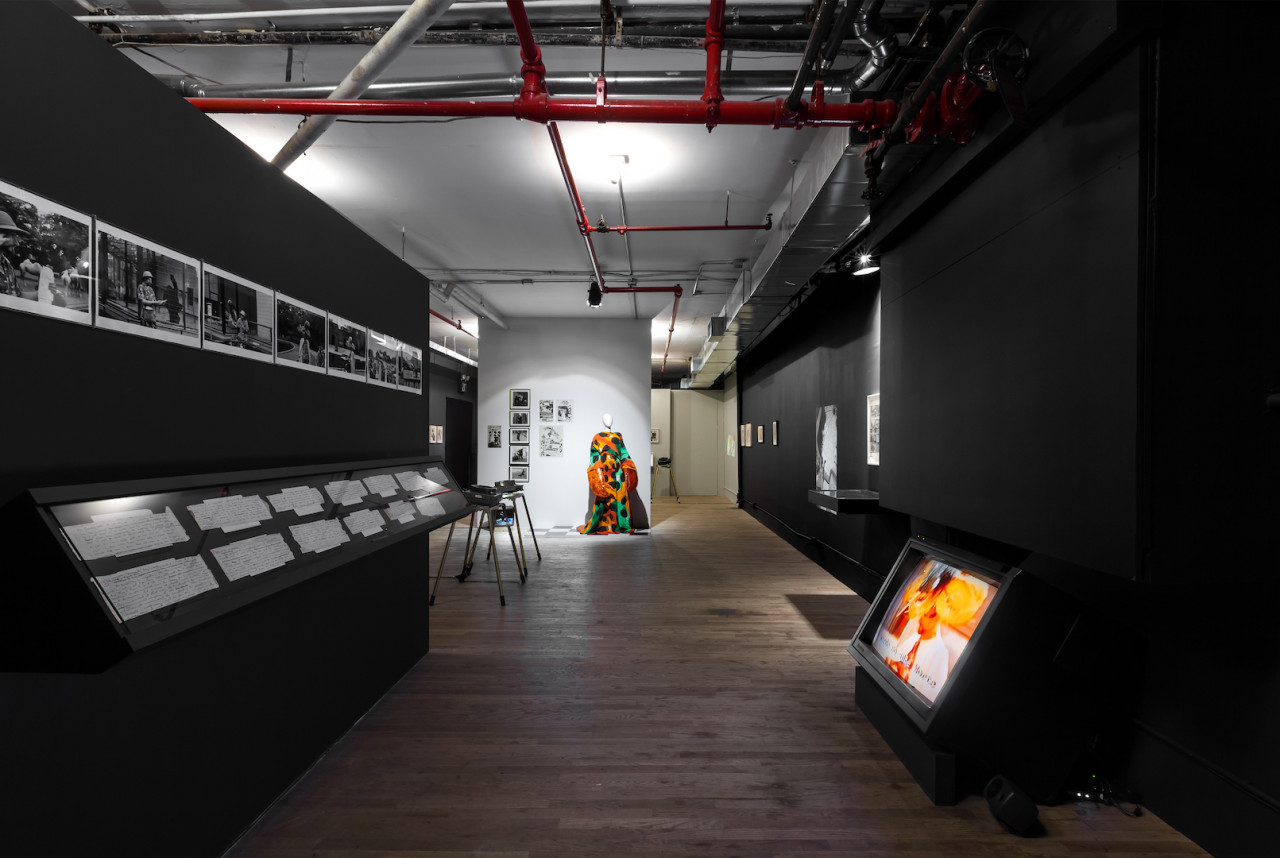
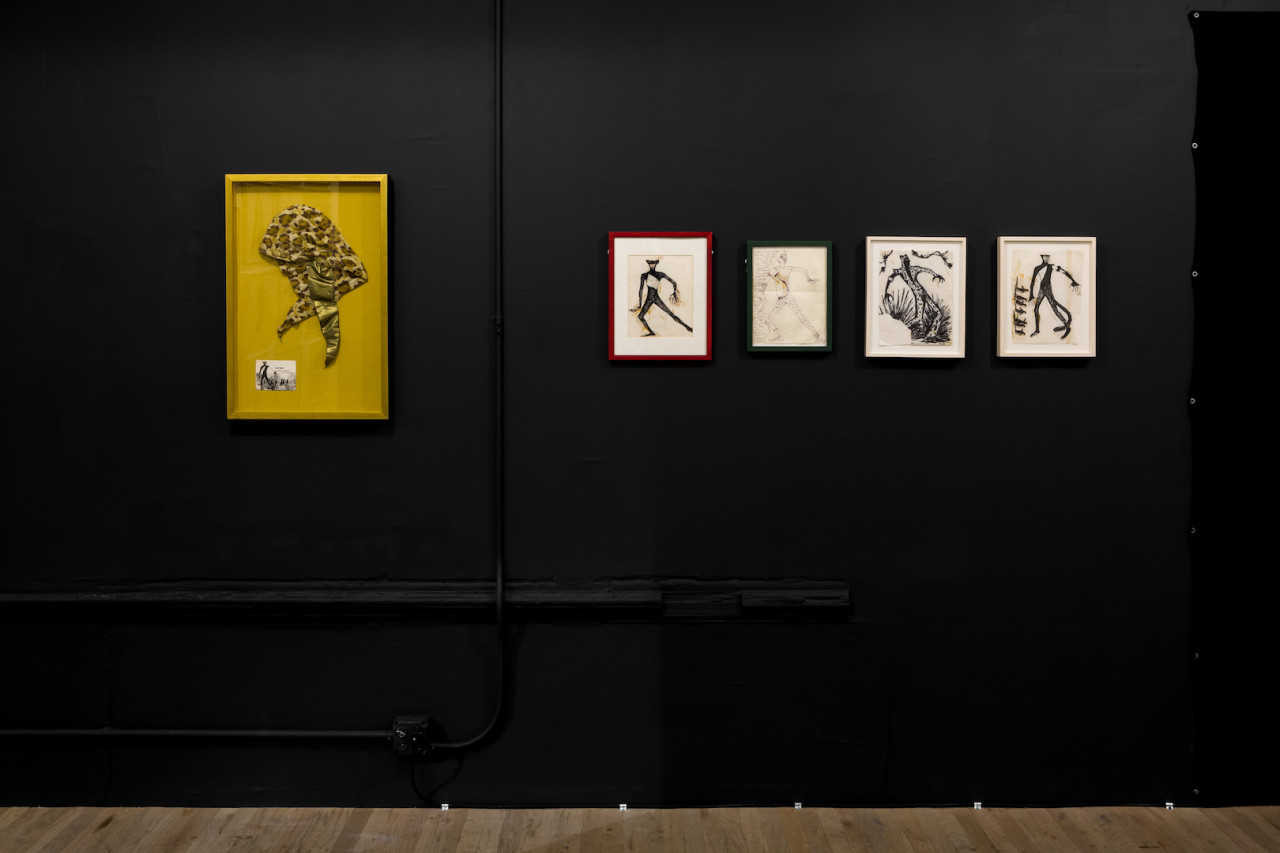

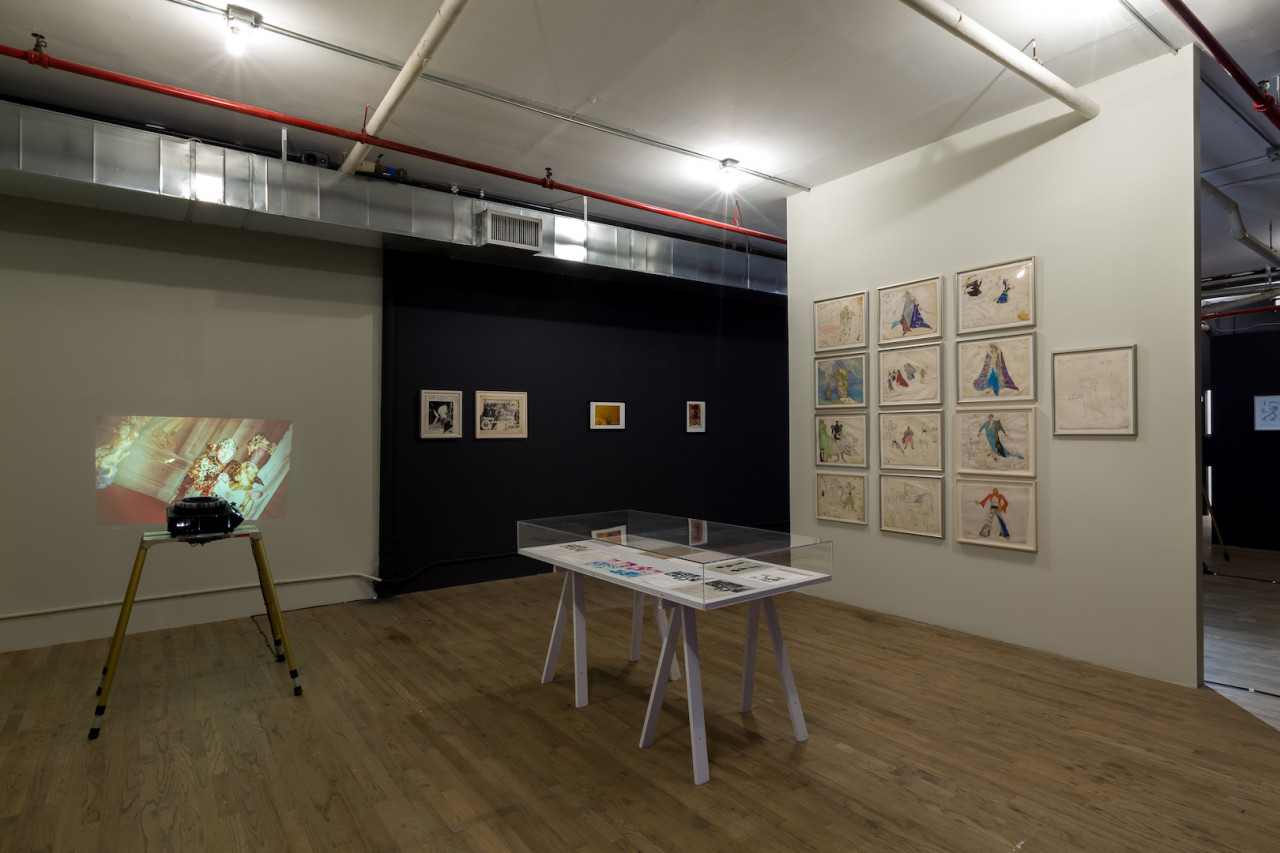
Chamberlain, Colby. “Jack Smith,” Artforum. October, 2018. Vol. 56. No. 2.
Bloch, Mark. “Jack Smith: Art Crust of Spiritual Oasis,” The Brooklyn Rail. July 23, 2018. Online.
Scott, Andrea K. “Galleries—Downtown: Jack Smith,” The New Yorker. July 15, 2018.
Stipanovich, Alexandre. “Jack Smith Artists Space / New York,” Flash Art. July 17, 2018. Online.
Lead Support:
Kourosh Larizadeh and
Luis Pardo
Anonymous
Support:
Daniel Buchholz and Christopher Müller
Anonymous
Supporters:
The Friends of Artists Space, The Artists Space Program Fund, Lambent Foundation Fund of Tides Foundation, New York City Department of Cultural Affairs in partnership with the City Council, New York State Council on the Arts with the support of Governor Andrew M. Cuomo and the New York State Legislature.